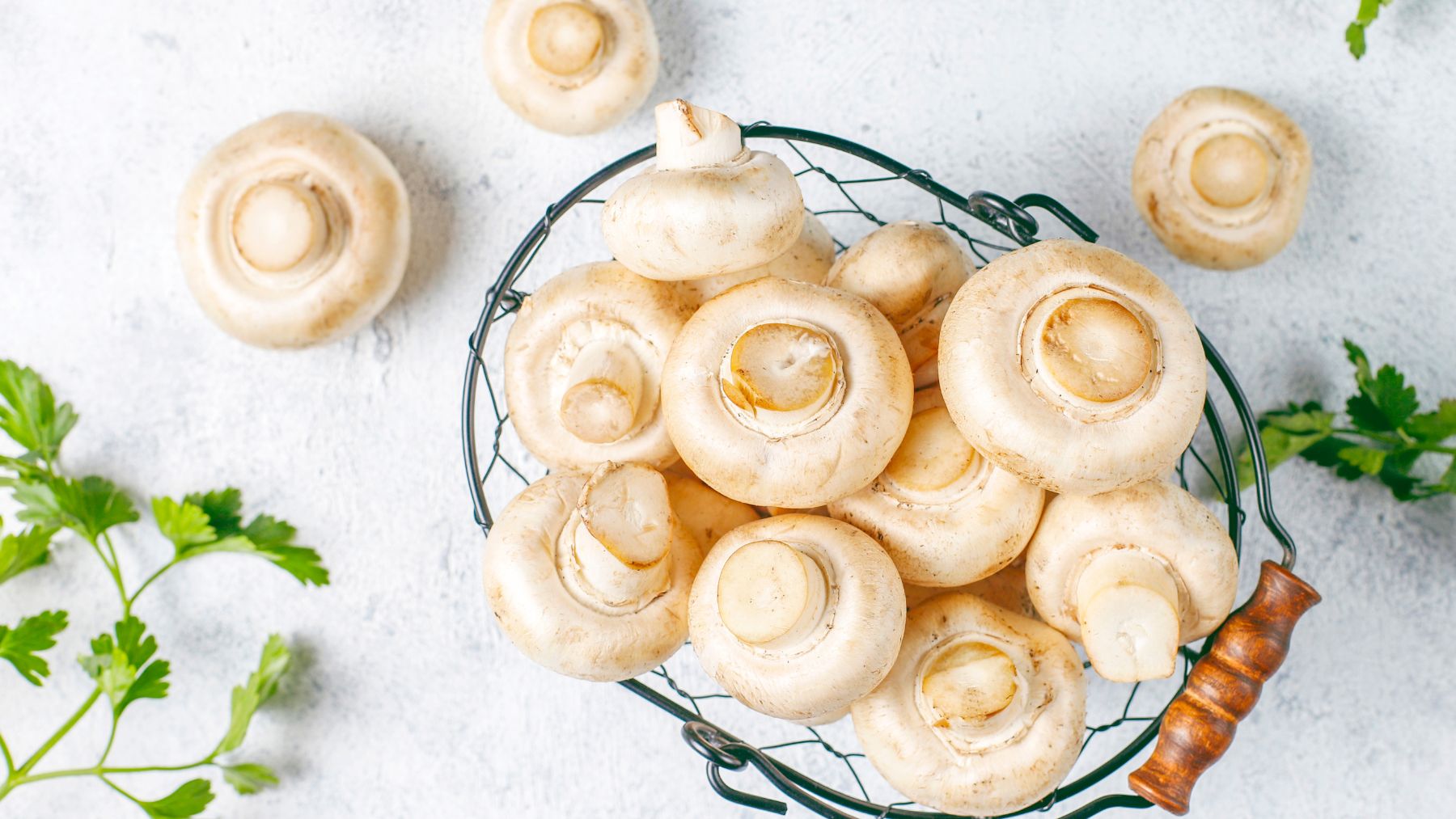Mushrooms are a popular ingredient, but their delicate, porous surfaces can hold onto grit, bacteria, and even pesticide residues. While rinsing mushrooms under running water is common practice, this method isn’t always the best for thoroughly cleaning them or preserving their texture and flavor. Knowing how to properly wash mushrooms is essential for both safety and taste.
Many types of fresh fruits and vegetables require careful cleaning to remove harmful bacteria and chemicals. Each kind of produce has unique characteristics that call for different washing methods to ensure safety without compromising freshness or flavor.
What is the best way to wash mushrooms and other fresh produce?
Mushrooms differ from many other vegetables because their surfaces absorb water easily. Rinsing them briefly might remove some dirt, but soaking or washing extensively can cause mushrooms to become soggy and lose flavor. Instead, experts recommend cleaning mushrooms with a soft brush or gently wiping them with a damp paper towel to remove dirt without saturating them.
For other fresh produce, rinsing under cold running water while rubbing the surface briskly with your hands is effective in reducing bacteria, dirt, and pesticide residues.
Firm-skinned vegetables like melons and root vegetables benefit from a scrub brush under lukewarm water.
Leafy greens require special care—separate the leaves and soak them in cold water for a few minutes to loosen soil and sand, then rinse well and dry using paper towels or a salad spinner.
Avoid washing fruits and vegetables with soap, bleach, or commercial produce washes. The FDA advises against these products because their safety has not been fully tested, and they may leave harmful residues or alter the taste and safety of the produce.
Additional tips to ensure produce safety and freshness
Handling produce safely goes beyond washing. Always start by washing your hands thoroughly with soap and water before preparing any fruits or vegetables. Clean your countertops, cutting boards, and utensils with hot, soapy water to prevent bacteria transfer.
When buying produce, choosing local items can reduce contamination risk by shortening transport and storage times. Keep items refrigerated as needed and store fresh fruits and vegetables separately from raw meat, poultry, or seafood to avoid cross-contamination.
It’s generally best not to wash produce before storing, as moisture can promote bacterial growth and accelerate spoilage. Instead, wash fruits and vegetables just before you plan to use them. Dry produce thoroughly before putting it away, especially if you wash it ahead of time.
Trim away bruised or damaged outer leaves from leafy vegetables like lettuce and cabbage, where dirt and pesticides tend to accumulate more. Including a wide variety of fruits and vegetables in your diet can help reduce exposure to any single type of pesticide residue.
Special considerations apply to certain produce:
- Melons should be scrubbed with a brush to remove microorganisms from their rough skin before slicing to avoid contaminating the flesh.
- Grapes, cherries, and berries are best stored unwashed until ready to eat; wash gently under cool running water before serving.
- Hot peppers should be handled with gloves during washing to protect your skin and avoid irritation.
By following these practical guidelines, you can enjoy fresh produce that is both safe and delicious. Cleaning mushrooms gently but thoroughly ensures you remove grit and bacteria without compromising their unique texture and flavor.

